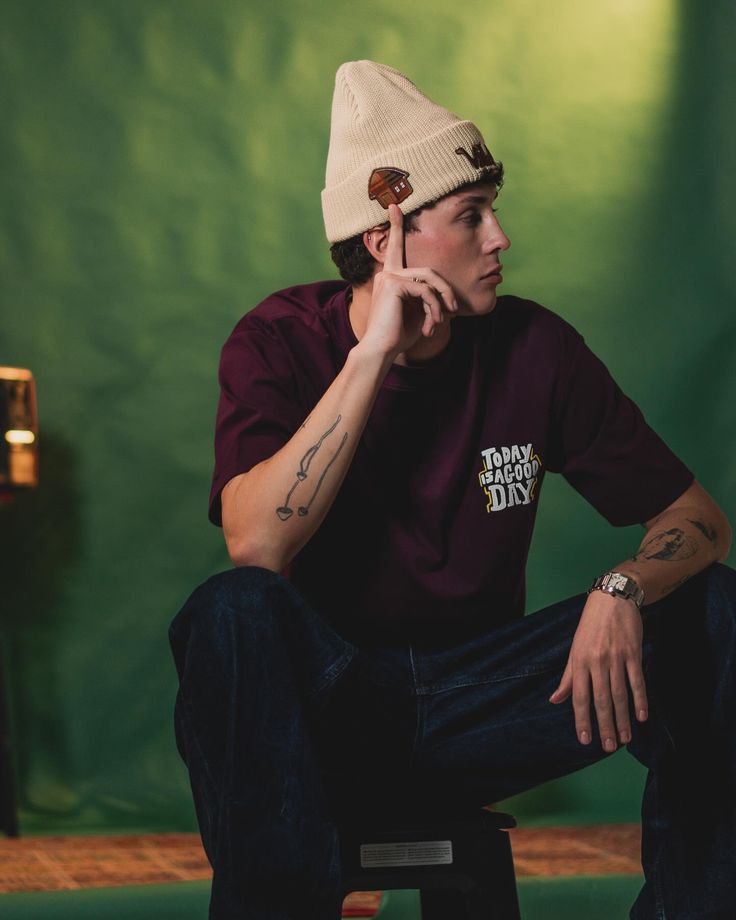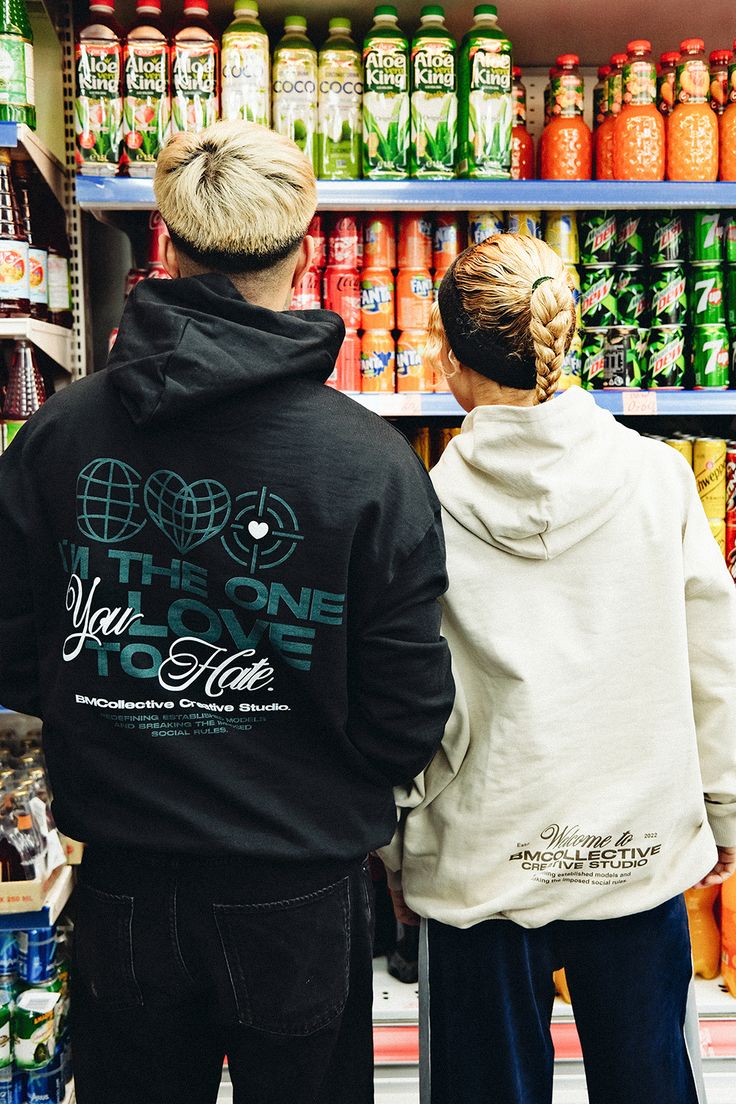No products in the cart.: $0.00
Hand-Painted T-Shirts: Personal Expression at Its Peak in 2025

The Resurgence of Artistic Fashion in a Digitally Dominated Era
In a world increasingly defined by mass production, algorithm-driven fashion suggestions, and automated manufacturing, the allure of hand-crafted fashion is experiencing a powerful comeback. At the forefront of this revival are hand-painted T-shirts—once considered niche or subcultural, now transforming into standout emblems of authenticity and individuality. As we move further into 2025, consumers are turning away from generic garments and gravitating toward expressive pieces that reflect their personalities, stories, and passions. Hand-painted T-shirts serve as walking canvases—each one a wearable masterpiece that channels creativity, craftsmanship, and emotional resonance in a way that no screen-printed shirt can replicate.
What was once seen as a rebellious statement by street artists and underground designers has now crossed over into mainstream recognition. Designers, celebrities, and everyday wearers alike are embracing this trend not just for its visual impact but for its deeper message—clothing that speaks, that resonates, and that is intentionally made by human hands rather than factory machines.
Why 2025 Is the Perfect Moment for Hand-Painted Apparel
Several cultural, social, and economic factors have aligned to make 2025 the golden year for hand-painted T-shirts. The fashion industry is undergoing a philosophical shift, driven by increasing consumer demand for authenticity, individuality, and ethical production. This transformation aligns perfectly with the resurgence of hand-painted clothing.
Today’s fashion buyers want to know the story behind what they wear. Who made it? Why was it made? What does it represent? Mass-market designs rarely offer answers to these questions. But with hand-painted T-shirts, every brushstroke is infused with intention and meaning. The shirt becomes more than just fabric—it becomes an extension of the artist’s hand and the wearer’s identity.
The global pandemic of the early 2020s also contributed to this shift. People began to reevaluate their consumption habits, placing a stronger emphasis on personal storytelling and mindful ownership. As a result, fast fashion began to lose its luster, giving rise to artisanal products that reflect deeper values and more personal connections.
The Role of Artists and Independent Creators in Shaping the Trend
Unlike conventional clothing brands that rely on anonymous labor and faceless assembly lines, the creators behind hand-painted T-shirts are visible, vocal, and often celebrated. These independent artists infuse each garment with their own signature flair, drawing inspiration from a wide range of influences—from abstract expressionism and urban graffiti to cultural symbolism and emotional memory.
In 2025, social media platforms like Instagram, TikTok, and Pinterest have become galleries where artists can share not only their final designs but also the behind-the-scenes process of making them. This visibility has contributed significantly to the appeal of hand-painted fashion. Customers are drawn not only to the final product but to the journey of its creation—the palette choices, the hand movements, the moment of inspiration.
Moreover, these creators often operate outside of traditional corporate fashion frameworks. They work from home studios, artist collectives, or collaborative workspaces, embracing the freedom to create without constraints. Their work doesn’t follow seasonal trends—it follows emotion, spontaneity, and purpose.
The Techniques Behind Every Stroke: How Artists Transform Fabric into Art
Creating a hand-painted T-shirt is not simply a matter of applying paint to fabric. It involves a meticulous process that blends fine art with fashion design. Artists begin with high-quality, pre-washed cotton or bamboo blends, selected for their ability to absorb pigments and maintain durability. They sketch their concepts directly onto the shirt using pencils or washable chalk, ensuring alignment and balance.
Next comes the paint selection—acrylics, textile-specific pigments, or water-resistant inks are commonly used. These materials must withstand wear, washing, and exposure to elements while retaining their vibrancy and clarity. Some artists mix their own pigments to achieve specific tones or textures.
The painting itself is often done in layers, with drying periods in between to avoid smudging and ensure longevity. Precision tools such as fine-tipped brushes, sponges, and even airbrush machines may be used to add dimension and complexity. Once the design is complete, heat-setting techniques like ironing or baking the shirt ensure the artwork becomes a permanent part of the fabric.
Each shirt, as a result, is completely unique. Even if the same theme or image is painted on several shirts, no two will ever be identical. This inimitability is part of what makes hand-painted T-shirts so desirable in 2025’s fashion landscape.
Sustainability and Slow Fashion: How Hand-Painted Tees Lead the Charge
Sustainability is no longer a bonus—it is a baseline expectation for modern consumers. With the fashion industry being one of the world’s largest polluters, people are searching for alternatives that reflect eco-conscious values. Hand-painted T-shirts naturally align with these values because they are usually made in small batches, often using recycled or responsibly sourced fabrics, and are produced without the carbon-heavy machinery that characterizes mass manufacturing.
Most artists behind these creations are committed to low-waste practices. They use just enough paint to avoid excess, repurpose old or blank T-shirts to reduce landfill contributions, and eliminate the need for energy-intensive printing equipment. Even packaging is often biodegradable or reused.
Additionally, because each shirt is a statement piece, consumers tend to cherish and care for them more than disposable fashion items. This means longer lifespans, fewer discarded clothes, and a more intentional wardrobe overall.
Self-Expression in the Digital Age: Wearing Your Identity Boldly
In 2025, digital avatars and AI-generated content dominate online spaces, and curated personas abound. Amid this virtual saturation, people are yearning for real-world expressions of identity. Hand-painted T-shirts offer just that—an unfiltered, unrepeatable expression of who you are.
The shirt you choose to wear might feature an abstract design that captures your emotions, a political statement that aligns with your beliefs, or even a tribute to a favorite song, book, or memory. It becomes a conversation starter, a visual diary, and a bold claim of individuality. No longer are people satisfied with logos or brand slogans; they want symbols that resonate on a deeper, more human level.
This trend is especially powerful among younger generations, including Gen Z and Gen Alpha, who value uniqueness and social messaging over conformity. For them, fashion is activism, identity, and storytelling rolled into one wearable medium.
The Role of Collaborations and Custom Commissions
One of the most exciting developments in the hand-painted T-shirt movement is the rise of collaborations between artists and customers. In 2025, personalization has reached new heights, with clients frequently commissioning custom designs that speak to their own life experiences, values, and preferences.
A customer might ask an artist to create a shirt depicting a childhood memory, an important cultural motif, or an abstract rendering of a favorite poem. These one-of-one garments go beyond fashion—they become heirlooms, capturing stories in brushstrokes that last a lifetime.
Brands are also joining in on the collaboration wave. Boutique labels are partnering with independent painters to release limited-edition drops, giving artists more visibility and customers access to wearable art that holds intrinsic value.
Where to Find Hand-Painted T-Shirts in 2025
Accessibility is no longer an issue for hand-painted fashion. Thanks to e-commerce and social platforms, these shirts are now available from all corners of the world. Marketplaces like Etsy, Depop, and dedicated artist websites offer a wide array of styles and price points, allowing buyers to connect directly with creators.
Pop-up shops, local art fairs, and concept stores are also becoming go-to destinations for discovering new designs. Many artists use QR codes on tags to link buyers to videos of the creation process, artist statements, and care instructions—making the shopping experience both interactive and informative.
For those looking to try their hand at wearable art, workshops and DIY kits are widely available. These empower people not just to buy but to create, deepening their appreciation for the art form and contributing to the spread of hand-painted fashion culture.
Conclusion: Art You Can Wear, Meaning You Can Feel
As we step further into 2025, it’s clear that hand-painted T-shirts are more than a passing trend. They represent a cultural pivot—a turn toward intentional living, mindful consumption, and the reclamation of personal narrative in a world that often pushes conformity.
These garments remind us that fashion should be more than what you wear—it should be how you feel, what you believe, and who you are. Every painted line tells a story, and every shirt becomes a moving canvas in the gallery of everyday life.
By choosing hand-painted T-shirts, consumers are not just wearing clothing. They are choosing to invest in art, support independent voices, and wear their individuality with pride. In a world driven by data and mass automation, the brushstroke has once again proven its timeless power—expressive, personal, and gloriously human.



